Linseed (Semen Lini) consists of the seeds of the flax plant Linum usitatissimum, belonging to the Linaceae family. The stems of the linseed plant can grow up to a height of 5 ft (1.5 m). The plant stands out with its lance-like leaves and violet flowers. Linseed is shiny and brown-colored, found in the dry capsules of the plant. Flax is grown in many areas around the world (India, the Baltics, Poland and elsewhere) and as such linseed is quite a popular food product.
History of Linseed
According to some sources, humans began to cultivate the plant more than 7 millennia ago. Interest toward the plant first grew in the Near East. At that time, people began using linseed to produce oil. Linseed was not only valued for its nutritional properties though. The oil extracted from it was used as oil for lamps. Linseed quickly earned the blessings of the Egyptians, Greeks and Romans and became an irreplaceable tool for them. Throughout the ages, these small, shiny seeds served as a wholesome food product, and as an extremely valuable medicine as well.
Legend also holds that Roman legions often resorted to eating bread, made from linseed flour. This way, the soldiers managed to keep their strength up for longer periods and better endure the exhausting battles. But these aren't the only accounts about these little seeds. Some claims go that Hippocrates himself was an avid devotee of the properties of this product. The father of medicine prescribed it for people suffering from cough or stomach pains. It was said that even Charlemagne insisted that his subjects consume linseed, so that he could be sure they were in good health.
Composition of Linseed
Linseed contains numerous beneficial substances, the most famous among which are undoubtedly omega-3 fatty acids and lignans. Linolenic acid (omega-6) is one of the main acids in these little seeds. They are also a source of omega-9 (oleic acid) fatty acids, proteins, sugars, carotene, vitamin A, group B vitamins, vitamin E and many others.
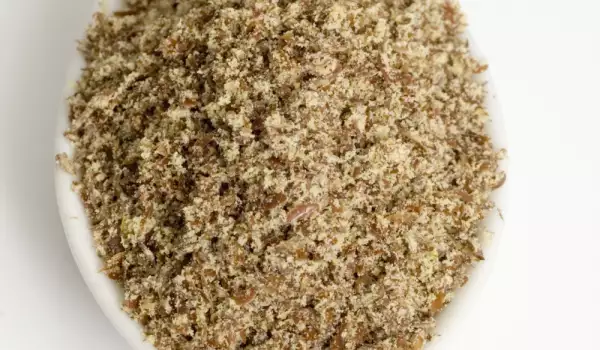
Benefits of Linseed
Linseed is among the most highly praised food products by nutritionists and medical professionals. Since time immemorial it has been an irreplaceable ally in treating certain conditions, as well as a prophylactic against others. The brownish seeds has a general strengthening and anti-inflammatory effect. They can relieve pain, plus serve as a cleansing and laxative agent.
In fact, among the most valuable substances in linseed is the mucilage in its composition. It is particularly beneficial for patients complaining of intestinal problems, urinary tract infections and more. These same mucilage substances also turn out to be especially effective against cough, bronchitis, prostate gland inflammation, diabetes, bladder problems and more. Modern-day studies show that linseed has a positive effect for patients suffering from atherosclerosis.
Many experts share the view that consumption of it protects against heart problems, heart attack, stroke and various cancers (including breast and colon cancer). The product also helps treat asthma, plus helps those suffering from loss of vision. Scientists are adamant that ladies who are suffering from PMS need to include linseed in their diet, for it has the ability to ease this difficult time of the month and abate the unpleasant symptoms. Women should also pay linseed its well-deserved attention because it is also claimed that it strengthens hair and nails.
Taking Linseed
Typically, 2-4 spoons of linseed are taken daily. It can be added to other foods such as various types of muesli, salads, baked goods, desserts. It's recommended grinding or mashing the seeds so that the beneficial substances can be better absorbed by the body. Linseed can be taken in the form of oil as well, the recommended daily dose being 1 tablespoon.
Collecting and Storing Linseed
The seeds of the plant Linum usitatissimum are collected when they're fully ripe. They're cleaned of debris and left in a sunny area so that they can dry properly. A seed dryer works well for the same purpose. Usually they are dried at temperatures up to 110°F (45°C). The dried seeds turn a brown color, with a shiny surface and without any specific smell. They're slimy when chewed. It's recommended to store them in a dry place away from sunlight.
Folk Medicine with Linseed
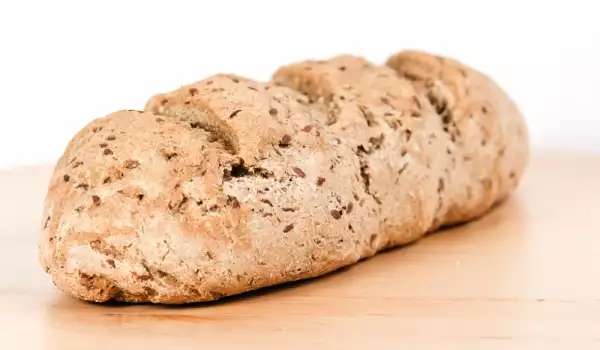
Linseed has excellent effects for certain skin problems, such as inflammation, swelling, burns. Ground seeds are used to treat these conditions. The resulting crumbs or flour are stirred with hot water, then placed onto a gauze. It is then applied to the problem area. Specifically for burns, folk medicine suggests using linseed (ground in this case as well), combined with egg whites. Mix equal parts of both products. You'll notice a positive effect after just a few applications.
Linseed can also be used as a remedy in the form of an extract. To make it, crumble 1-2 tablespoons of linseeds and pour cold water (about 4/5 cup (200 mL)) over them. Let the mixture sit as is 2-3 hours, next remove the seeds by filtering and drink the liquid. You can also make an infusion from linseeds. Boil 2 tablespoons of ground linseed in 2 cups (500 mL) water for 10 min. Then strain the mixture and let it cool. Drink from the beverage 5 times a day, 20 min. before meals.
Linseed in Cuisine
Once it gained fame as an exceptionally healthy food product, linseed found ever wider application in the diets of many. Because of its structure and unobtrusive taste, it can be successfully added to practically any food. Ground seeds are put in salads, sauces, cereals, baked goods, sweets, meat dishes.
Healthy eating fans prefer having it in their energy shakes and smoothies. However, when using this product for cooking, it's recommended to keep several things in mind. When cooking a dish, put the linseeds in it toward the end, so that the effect is better felt.
Dangers of Linseed
Overall, consuming linseed is not considered harmful to people. However, excessive consumption can cause gas, nausea, gastrointestinal issues and others.

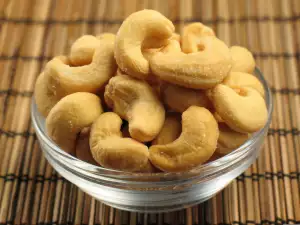
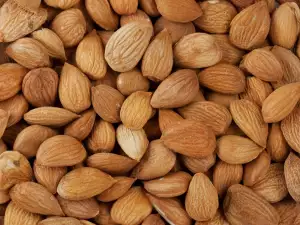
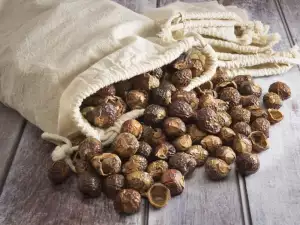
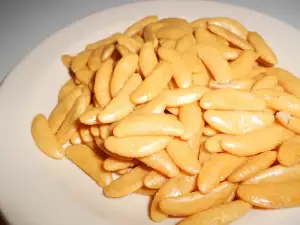
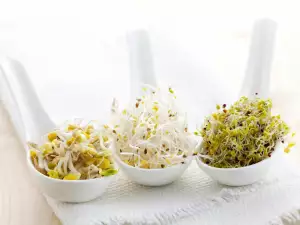
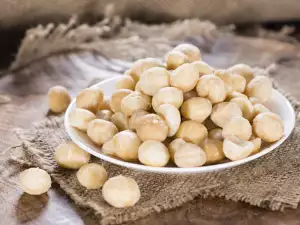
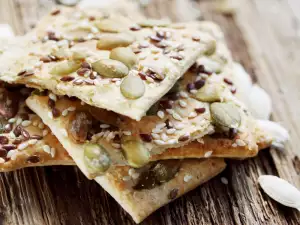
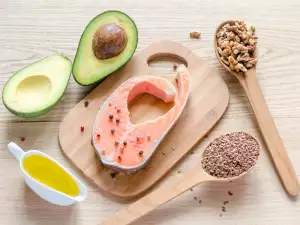
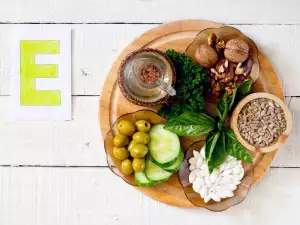




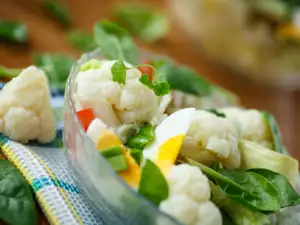
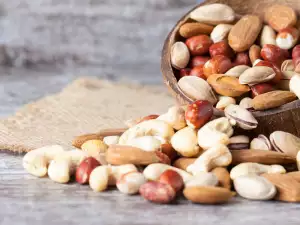


Comments